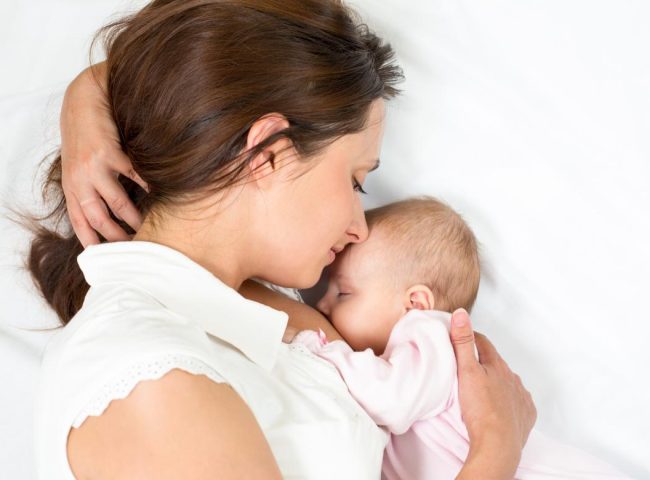The human body is full of marvels and has many fascinating features. The umbilical cord, which serves as a conduit between a pregnant woman and her unborn child, is the scientific equivalent of the lovely tie between a mother and child. The baby receives blood, nutrients, and oxygen in addition to the removal of waste. It is not required after birth and naturally comes off two weeks after delivery.
Navel string, birth cord, and funiculus umbilicals are other names for the umbilical chord. It is made of allantois and the yolk sac. It develops in the fifth week and takes the place of the yolk sac in the baby’s nourishment. The placenta, which is responsible for transferring nutrients and waste, is attached to the umbilical cord rather than the mother. Its diameter is 2 cm, and its length is almost 50 cm. It must be handled delicately and with great care up until the point when it continues to be attached to the baby’s body after birth.
Here are some suggestions for newborn umbilical cord care:
Get Your Hands Clean:
To avoid infections, hands should be washed with soap and water or sanitizer both before and after touching the stump.
Cleaning of Stump
To keep the stump clean and prevent infections, it is essential to gently sterilize it with rubbing alcohol after every diaper change.
Drying the Stump:
Fold the front half of the diaper so that the stump is exposed to air, allowing it to dry and fall off on its own.
Choose Sponge Baths:
Bathing can make the stump cord wet, which will make it take longer to fall off. Therefore, it is preferable to wash the baby’s body with a damp sponge.
Avoid Pulling the Stump Cord:
Any urge to tug the stump chord should be avoided since as the base dries up, the cord itself will fall.
Baby Should Wear Loose Clothes:
Baby’s clothing needs to be roomy enough to prevent the stump chord from being pinched.
Examining For Ooze
Within two hours of delivery, the cord should be examined hourly for oozing.
Blood Loss Is Common:
Bleeding can occasionally occur after chord removal, thus it should be handled properly and without worry.
Signs of Concern:
Parents should contact the doctor right once if the chord exhibits any redness, odor, or stickiness.
Cleaning:
Only use sterile scissors to cut the cord and sterile clamps to secure it.
When a baby is born, the umbilical cord goes through a healing process. A few blood spots near the cord at that time are entirely typical. Even when it comes off, there may be some bleeding. However, there are specific circumstances involving the umbilical area that should raise suspicions:
Oozing of pus
Redness and swollen skin
development of pink, swollen lumps
These are all signs of an infection in the umbilical cord, which needs to be treated right away. Additionally, a doctor should be seen if the umbilical chord hasn’t fallen off after three weeks to rule out any underlying issues such immune system disorders.

Umbilical Cord Preservation:
A potential cure for a number of blood-related illnesses and disorders is the preservation of stem cells found in the cord, which has assisted in saving lives.
Steps Involved in Cord Preservation:
First, a section of the chord is cut and preserved in a sterile container while cord blood is also collected.
This container is delivered to a lab for processing and storage.
All of the cord’s remaining components are eliminated, leaving only its lining, which is then cleaned and divided into segments.
For the purpose of maintaining health, these decontaminated segments are kept in cryovials with protectants.
The lining parts are then frozen in refrigerators with controlled temperatures.
Finally, for long-term preservation, these cryovials are moved into an MVE anti-contamination vapor phase liquid nitrogen storage system at a temperature of -190 degrees Celsius.
With the help of this procedure, the cells are kept youthful and clean so they may be utilized to produce new blood and the immune system as necessary in the future. It also prevents the cells from aging and exposure to foreign particles.







